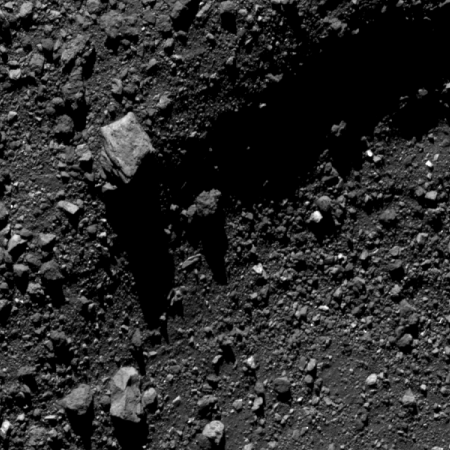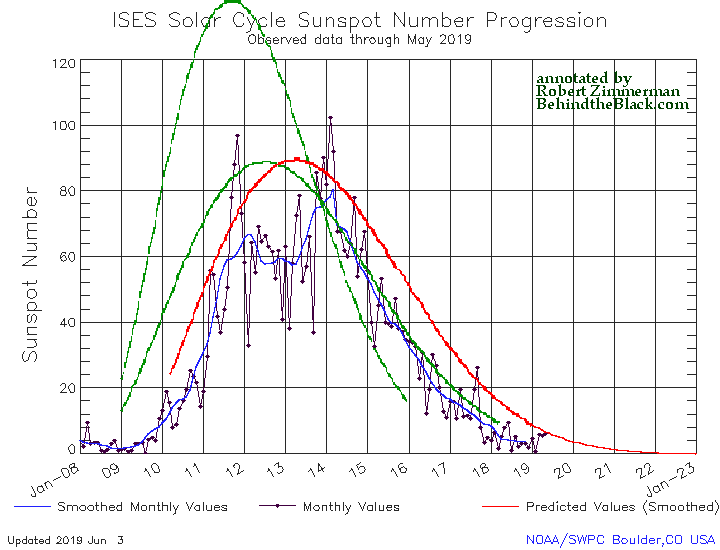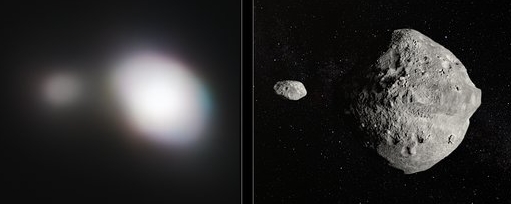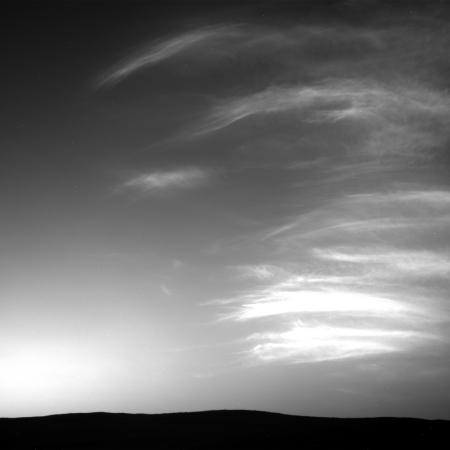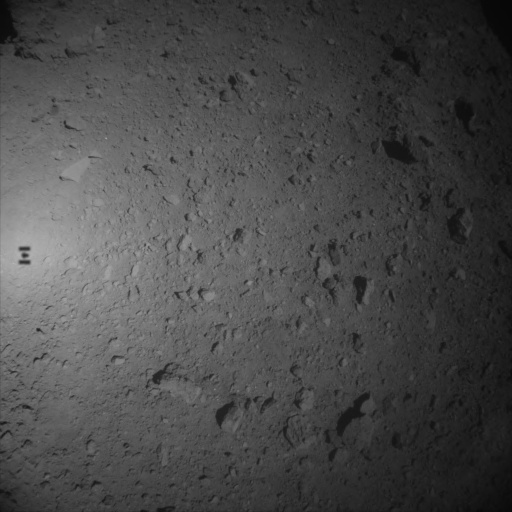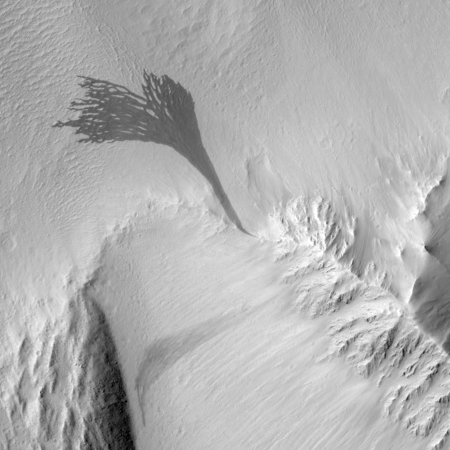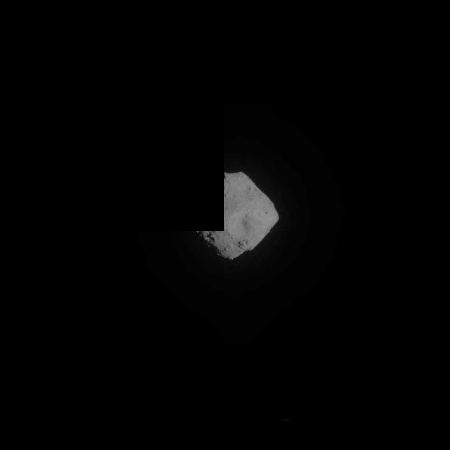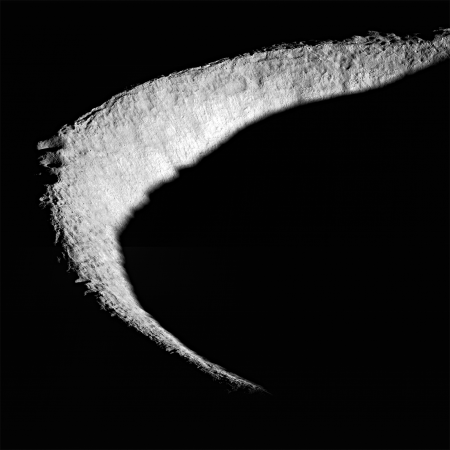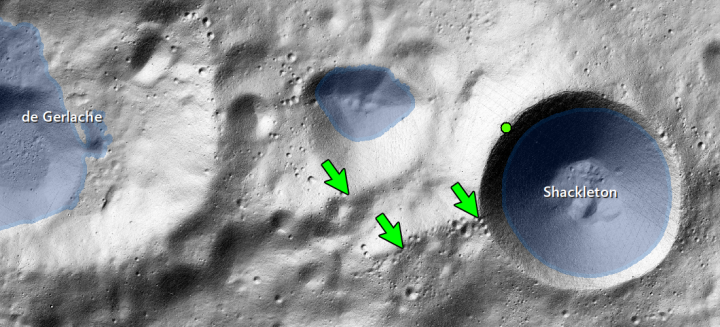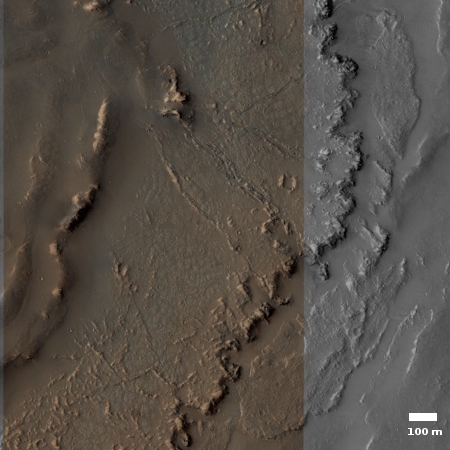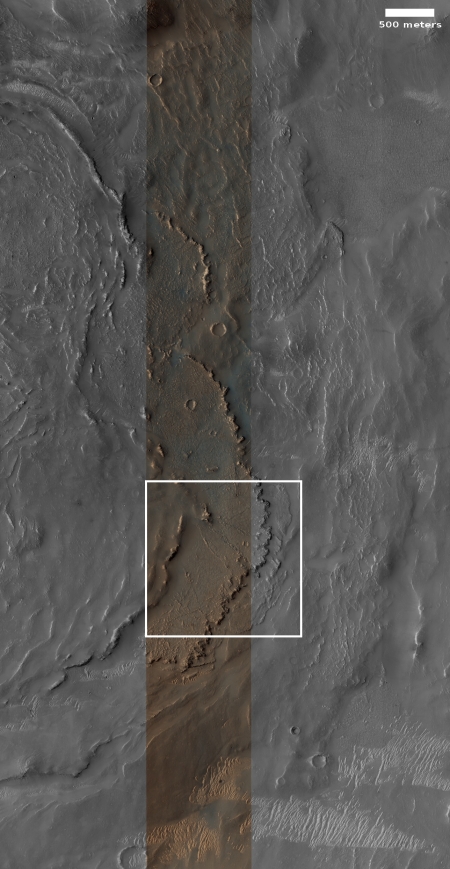Ebola epidemic continues to grow
The Ebola epidemic in Africa has continued to grow in the past year, with indications that it is accelerating.
The number of Ebola cases in the Democratic Republic of the Congo (DRC) has doubled in just over two months and has now passed 2,000, according to the World Health Organization (WHO).
An estimated 2,008 people have been infected with Ebola in the North Kivu and Ituri provinces since the start of the outbreak in late July 2018, and 1,346 of those individuals have died. The numbers represent a rapid escalation of the crisis since the outbreak passed the 1,000-case mark on 24 March (see ‘Escalating crisis’).
Part of the cause for the disease’s spread is political tensions. The Congo government and the people in North Kivu have been in conflict:
Violence has plagued North Kivu for decades, and the region is home to dozens of armed groups and communities who oppose the government. Political tensions grew late last year during elections, when the [Congo’s] former president banned more than a million people in North Kivu from voting because of Ebola. The measure led many people to suspect that the outbreak was a political invention to marginalize the opposition, and not a real disease.
But authorities cannot tackle Ebola if people mistrust their intentions. Health workers must convince people to send their family members to treatment centres, for instance, and persuade people to receive an experimental Ebola vaccine. Despite continuous outreach, many people remain suspicious of Ebola responders — who are often not from the region — and a small fraction assault health workers.
If things don’t change, none of this will end well, for anyone.
The Ebola epidemic in Africa has continued to grow in the past year, with indications that it is accelerating.
The number of Ebola cases in the Democratic Republic of the Congo (DRC) has doubled in just over two months and has now passed 2,000, according to the World Health Organization (WHO).
An estimated 2,008 people have been infected with Ebola in the North Kivu and Ituri provinces since the start of the outbreak in late July 2018, and 1,346 of those individuals have died. The numbers represent a rapid escalation of the crisis since the outbreak passed the 1,000-case mark on 24 March (see ‘Escalating crisis’).
Part of the cause for the disease’s spread is political tensions. The Congo government and the people in North Kivu have been in conflict:
Violence has plagued North Kivu for decades, and the region is home to dozens of armed groups and communities who oppose the government. Political tensions grew late last year during elections, when the [Congo’s] former president banned more than a million people in North Kivu from voting because of Ebola. The measure led many people to suspect that the outbreak was a political invention to marginalize the opposition, and not a real disease.
But authorities cannot tackle Ebola if people mistrust their intentions. Health workers must convince people to send their family members to treatment centres, for instance, and persuade people to receive an experimental Ebola vaccine. Despite continuous outreach, many people remain suspicious of Ebola responders — who are often not from the region — and a small fraction assault health workers.
If things don’t change, none of this will end well, for anyone.

